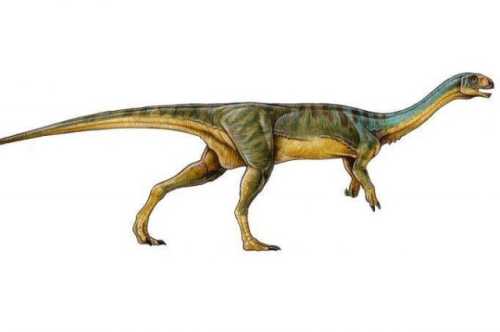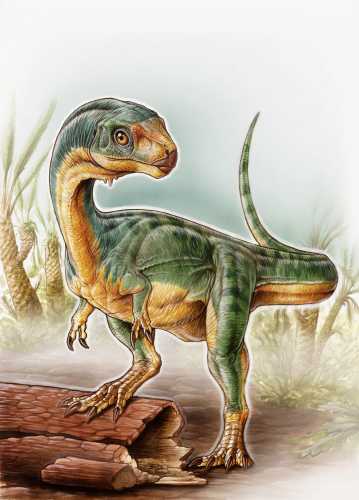New dinosaur discovery shocks scientists

They’re calling it the platypus dinosaur but in fact, the newly discovered creature is nothing like the Australian animal – it’s actually a whole mixture of things.
Palaeontologists have found fossils of a very unusual species with a unique characteristics have never been found on the same animal.
Found by a 7-year-old boy in southern Chile, it has continued to shocked scientists, especially because the dinosaur named Chilesaurus was not a carnivore like its closest relatives – it was a herbivore.
This truly remarkable find was documented in the journal Nature after the Chilesaurus’s discovery by Diego Suarez, who saw the unique creature while with his geologist parents. What his parents and Chilean scientists found was incredible: they were able to unearth a vast collection of bones at the site, which dated back to the end of the Jurassic Period, approximately 145 million years ago.
Because the dinosaur parts seemed so mismatched, it was thought by researchers that the bones belonged to different species, however extensive testing found they in fact belonged to this previously undiscovered dinosaur.
Even more amazingly, not just one of these Chilesaurus’ was found at the site – four were completely intact, enabling scientists to build a detailed picture of the amazing dinosaur that existed so many years ago.
The Chilesaurus is a theropod (beast-footed), a part of an extremely diverse group of bipedal dinosaurs, which includes the iconic Tyrannossaurus and Velociraptor. Its features show a vegetarian animal – a contrast to what usual theropods were. It had a petite head, slender neck, pointed beak and flat teeth, which are all ideal for gnawing on vegetation. The Chilesaurus also had feet similar to those found on long-necked dinosaurs, robust forelimbs akin to those found on the large carnivorous theropodAllosaurus, and stubby fingers rather than sharp claws.
According to dinosaur researcher Paul Barrett, “It has an unbelievably weird mixture of anatomical features. Some of the bones look like they belong to an early theropod, others like they belong to a group of weird plant-eating theropods called therizinosauroids, and yet others look like they belong to a completely different dinosaur group, the prosauropods. A truly odd mix”, he told the Guardian.
Take a look at the images created of the beast and tell us, what do you think of this new discovery? Do you like learning about dinosaurs?










 Proudly Australian owned and operated
Proudly Australian owned and operated